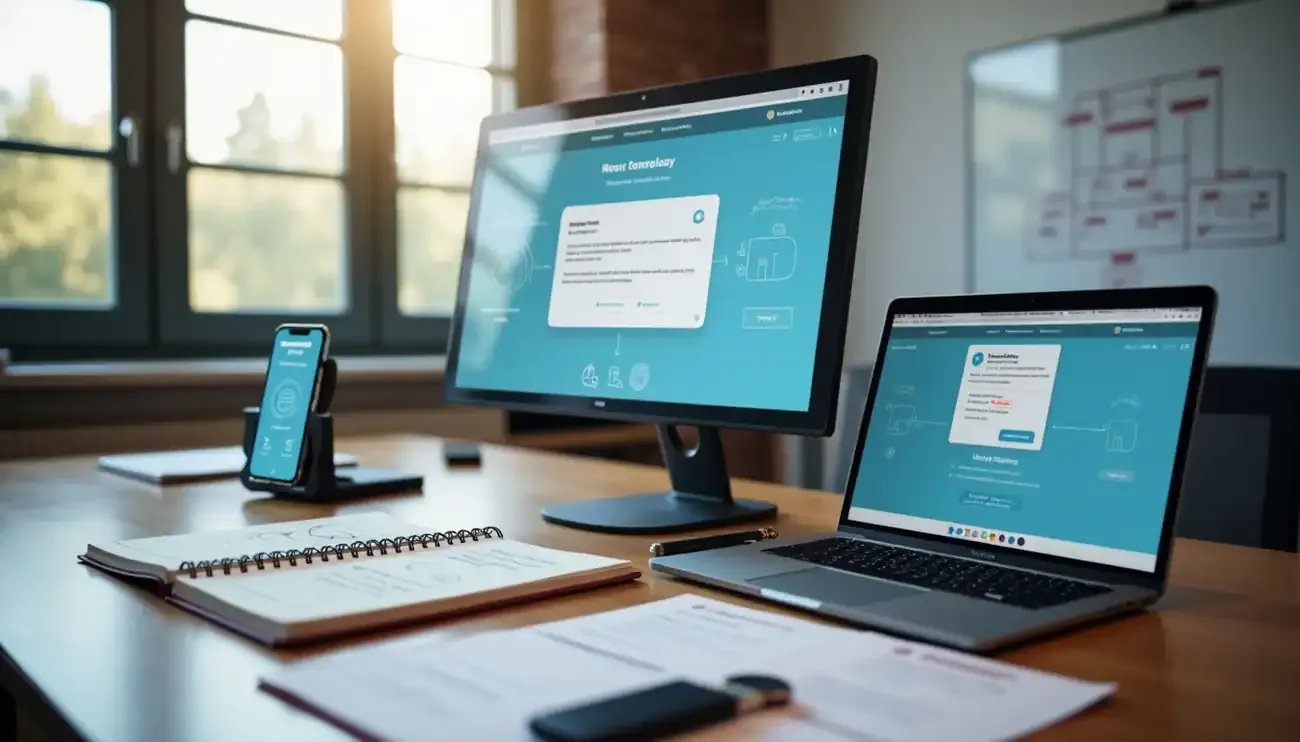One Web for Everyone – ADA Accessibility Adds Value to Your Business or Organization
Compliant Web Services and the Benefits of Accessibility
Overview
When your business or organization is planning to produce an app or website, one of the initial design and development considerations needs to be creating resources that are ADA accessible for hearing and visually impaired users.
Developing enterprise web and mobile apps that are accessible is key for your business to reach its full market potential and to meet the accessibility requirements under Section 508, ADA and WCAG 2.0. On a practical level, an accessible app or website boosts brand loyalty and the trust of web users with disabilities and helps the organization avoid costly lawsuits for non-compliance. Accordingly, this blog post discusses the benefits of designing for accessibility and offers resources for your team to review when planning your next project.
Accessibility and Universal Access: One Web for Everyone
A core goal of responsive human-centered design is to create enterprise applications and websites that can be accessed on a wide variety of devices including technologies used by individuals with disabilities. Providing accommodations is neither more burdensome nor costly, if the initial planning stages include concrete steps to ensure that all content and interactions necessary to access digital apps/websites meet basic Section 508 guidelines. As part of the Rehabilitation Act of 1973, Section 508 ensures that “disabled employees and members of the public [have] access to information that is comparable to access available to others.”(Section508.gov) Thus, all content offered on the site must be reviewed during planning and development to ensure that it can be understood by various devices such as screen readers, text-magnifiers built into browsers, close-captioning software, etc.
When “accessibility” is discussed during the planning stage of technical projects, the common assumption is that apps and sites are made accessible only to prevent lawsuits that might arise as a result of offering content that cannot be accessed by assistive technologies. However, a more salient and practical reason to include accessible site heuristics is to gain a reputation for serving the whole community and creating positive experiences for people who access the web through assistive technologies.
The community for persons with disabilities is aware of, and are loyal to, businesses and organizations that show they care about providing quality apps and services for everyone. Word of mouth marketing is powerful and influential. Accommodations and technologies allow disabled individuals to access the same rich set of content and information common to all members of the community in an engaging manner, versus providing a bare-bones experience that delivers content without context or vibrant presentation media.
Understanding Accessibility: Resources
Fortunately, technologies to support universal accessibility are built into many of today’s most popular app and web design frameworks such as Bootstrap, Foundation, Angular, React and Xamarin. Before you begin examining resources, it is a good idea to perform a heuristic evaluation of the content and existing technologies in use to identify challenges and pain points for individuals using assistive technologies. As with a “usability” evaluation, the goal of the review is to identify content and interactions that will require design modifications to achieve universal access for all.
If this is the first time your business/organization has performed a heuristic accessibility review, I would suggest the following great resources and checklists for bringing your project into compliance:
- W3C, the international web consortium has a unit devoted to articulating and encouraging ADA compliance, Web Content Accessibility Guidelines. The WCAG 2.0 accessibility site provides a wealth of resources for businesses and organizations looking to evaluate current offerings or design new apps/sites that are usable by everyone.
- WebAIM.org: Web AIM’s mission is to provide information that will help businesses and organizations create accessible web sites. They also make the free WAVE Chrome Extension that can help to identify some of the most common code and formatting errors on websites that hinder assistive technologies.
- ChromeVox is a Chrome browser extension that will “read” websites for visually impaired users. It provides a great benchmark for understanding how content appears to users of assistive technologies.
Takeaways: The Benefits of Universal Accessibility
If your business or organization is interested in creating an app or website that is accessible to everyone, then it is imperative to conduct an accessibility audit to identify challenges and roadblocks for persons using assistive technologies. The benefits are threefold:
- Accessible content ensures you are reaching 100% of your potential market segment by including adaptive accommodations allowing everyone to view important information.
- Customers/members who use assistive technologies will share information about your ADA-friendly business/organization with other members of the community thus increasing marketing potential with word-of-mouth-referrals.
- Businesses and organizations that embrace accessibility are actively working to avoid costly lawsuits that arise from a lack of accommodations for individuals with disabilities to access critical content.
If you are ready to embrace accessibility and take the needed steps to bring your website or app into compliance, you have options. If the thought of performing an audit on your own is daunting, there are companies, like OpenArc, that provide an accessibility audit offering. At OpenArc, you are matched to a team of reliable and knowledge accessibility experts that will systematically evaluate and audit your website.
Your comprehensive audit will utilize the most advanced accessibility tools and array of dedicated resources to identify and list each area of your website that does not meet Section 508, ADA or WCAG 2.0 guidelines. If you have questions or would just like to learn more about audit services, email me at [email protected]









